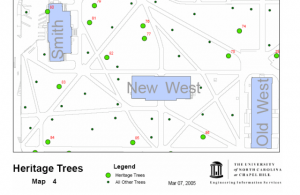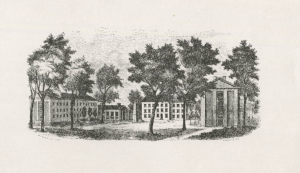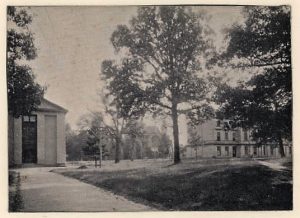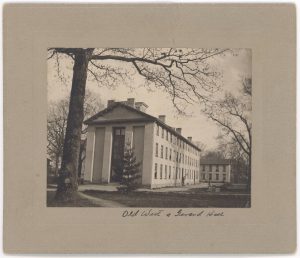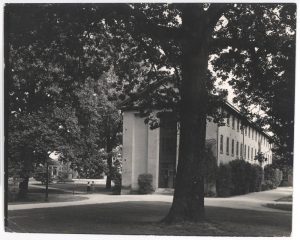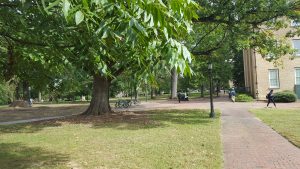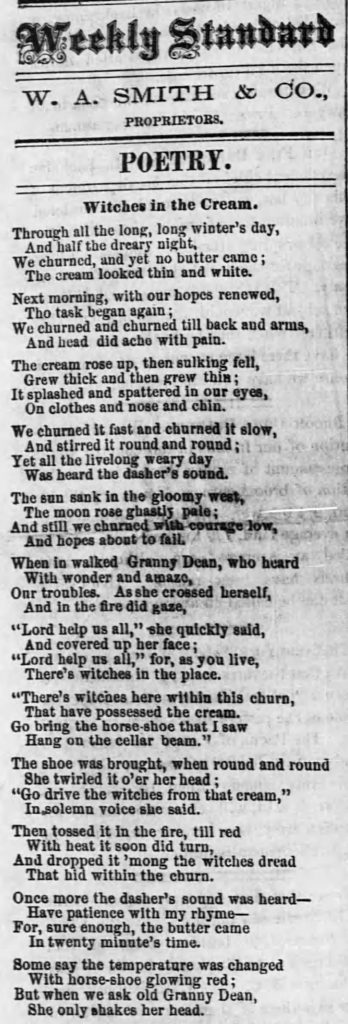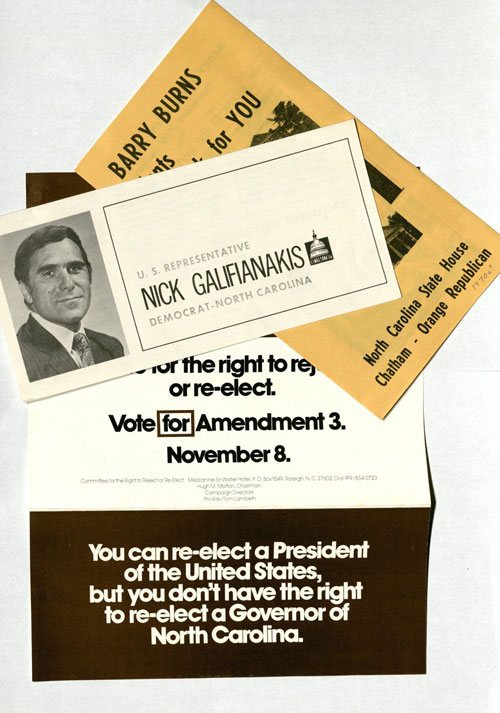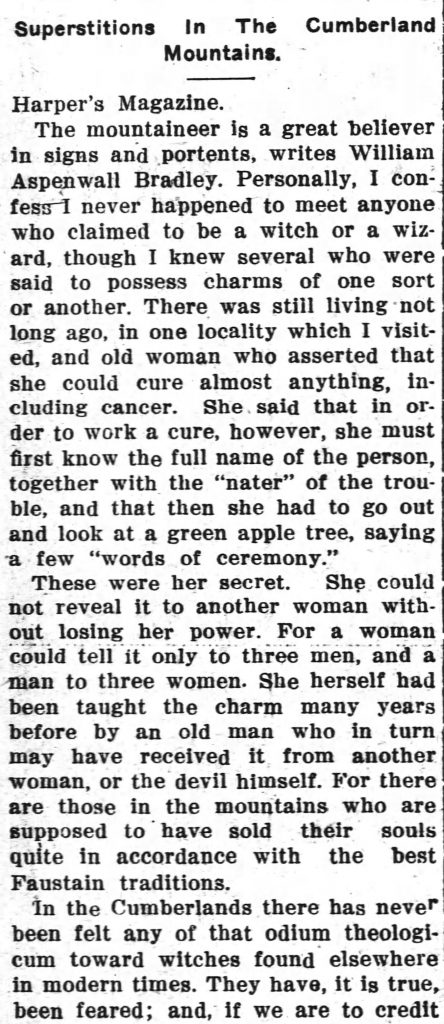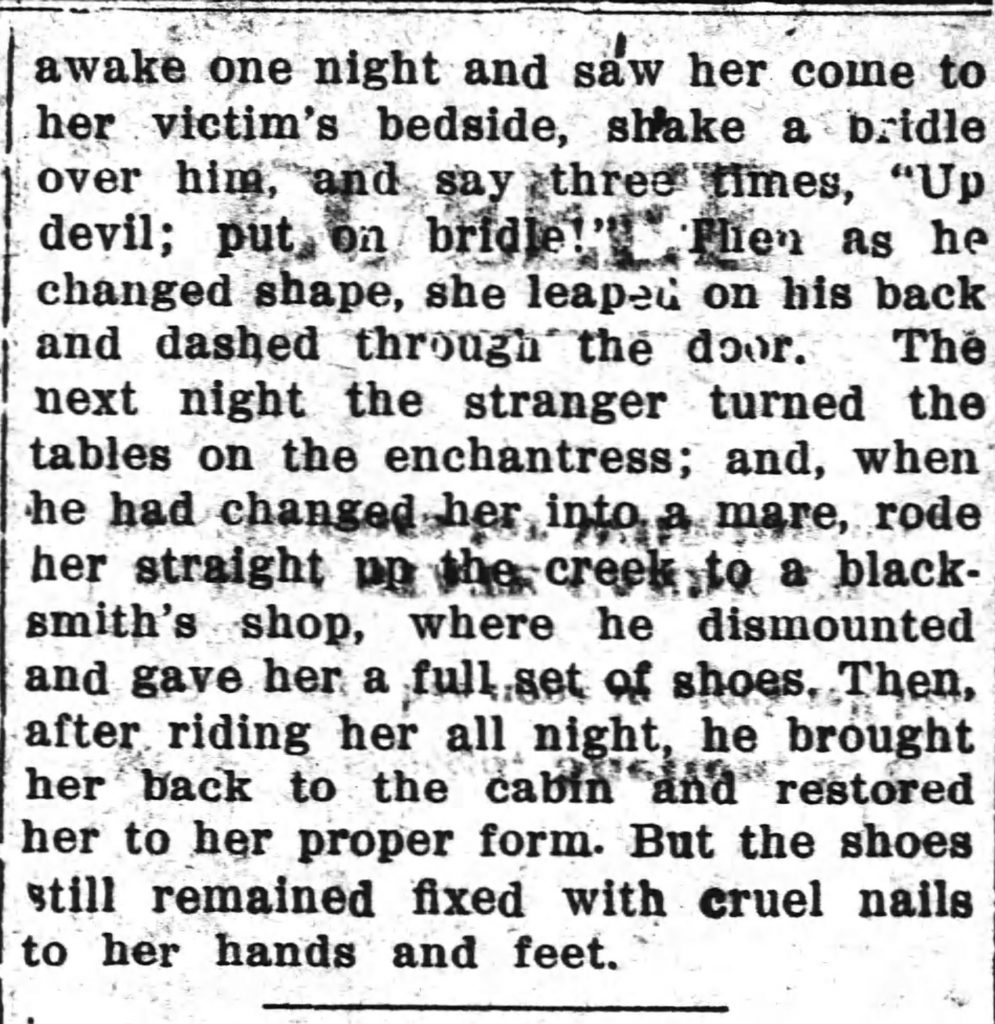1. In what North Carolina city was a UFO reported in 1897?
2. What 1947 non-fiction best-seller includes the line, “The first thing I saw in North Carolina was a sign outside a group of bungalows, Motor Court — Morally Pure’ “?
3. When John Lawson trekked through the Piedmont in 1701, he noted that the trees were so tall that his party “saw plenty” of these birds “but pearch’d upon such lofty Oaks, that our Guns would not kill them, tho’ we shot very often, and our Guns were very good.” What were the birds?
4. According to Mayberry deputy Barney Fife, “You go read any book you want on the subject of child discipline and you’ll find every one of them is in favor of. . . . “
5. What famous book of poetry describes “the sounds and inlets of North Carolina’s coast, the shad-fishery and the herring-fishery, the large sweep-seines, the windlasses on shore work’d by horses, the clearing, curing, and packing-houses”?
Answers below
1. Wilmington. According to the Wilmington Messenger, which headlined its account, “Was It an Air Ship?” hundreds of citizens spotted the “remarkable brilliantly lighted” object as it floated above the city, creating “a sensation among all classes of people.”
2. “Inside U.S.A.” by journalist John Gunther.
3. “Turkies,” as Lawson spelled it in his journal.
4. “Bud nipping.” “Nip it in the bud” (or “nip it”) was one of Fife’s favorite expressions, being used in at least six episodes of “The Andy Griffith Show.”
5. “Leaves of Grass” by Walt Whitman — who never visited the state.




